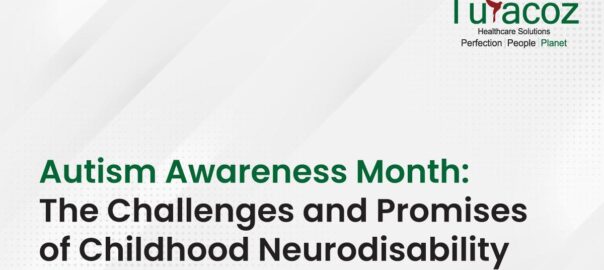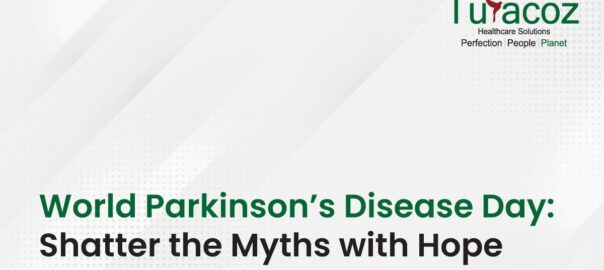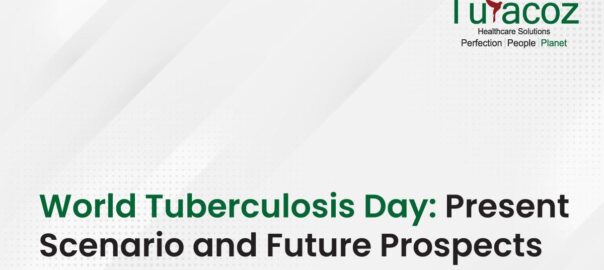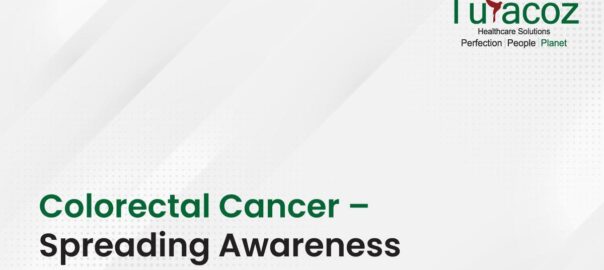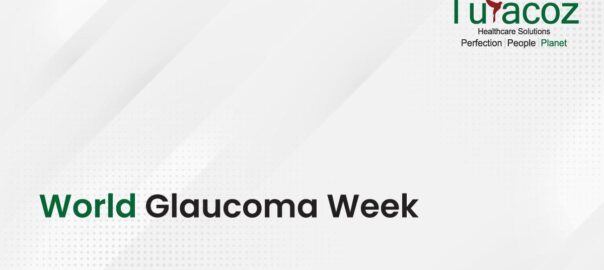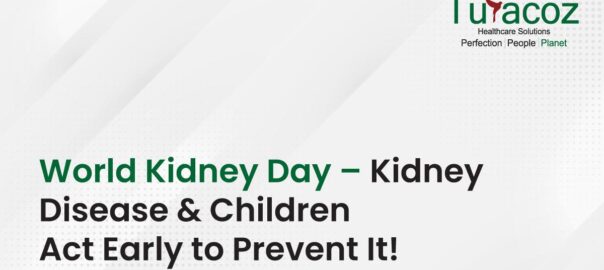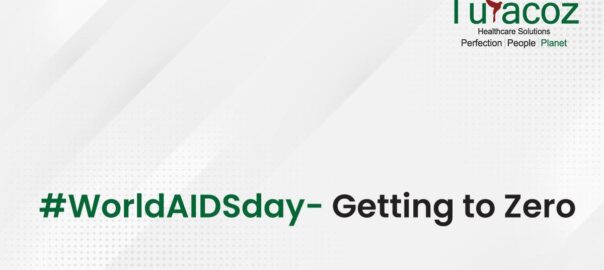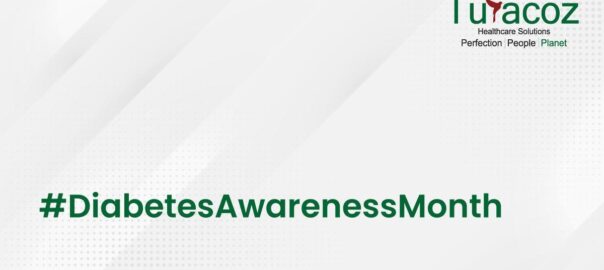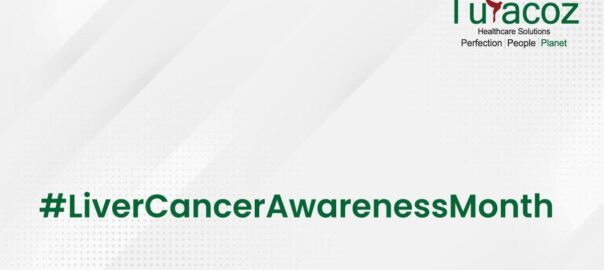Autism is a serious, lifelong developmental disability characterized by considerable impairments in social interactions and communication skills, as well as a restricted/repetitive pattern of interests and/or behaviors. The term autism is also confused with the other autism spectrum disorder (ASD) including classic autism, Asperger syndrome and high-functioning autism. Autism used to be considered rare, but it is increasingly recognized as a relatively common condition.
Both genetic and epidemiological research findings have forced a change in concept as a result of the evidence that autistic like abnormalities are common and often occur in individuals with normal intelligence, particularly in first degree relatives of individuals with autism.
Autism and other forms of disability are part of the human experience that contributes to human diversity. An integral approach in the design, implementation, monitoring and evaluation of policies and programme in all political, economic and societal spheres, so that inequality is not perpetuate
Neurodevelopment Course of Autism at a Glance
- Recent neurobiological data suggests that autism is caused by late disruption of the central nervous system (CNS) just prior to birth, perinatally, or postnatally.
- The limbic system plays a significant role in various aspects of emotion, memory and learning, and motivation. Studies indicate that the neural cells of the limbic system in autism are small in size and more densely packed per unit volume as compared with age and sex-matched controls.
- The second major area of abnormality found was in the cerebellum and its many circuits and interconnections. Basically they found a substantial loss of Purkinje cells throughout the cerebellum, especially in the posterior regions. The loss of Purkinje cells helps establish the timing of the abnormalities.
Reader’s Interest
- Autism is one of the fastest-growing developmental disorders in the U.S.
- Autism costs a family $60,000 a year on average.
- There is no medical detection or cure for autism.
- Total 2012 National Institute of Health (NIH) budget: $30.86 billion, only $169 million goes directly to autism research. This represents 0.55% of total NIH funding.
- ASD is reported to occur in all racial, ethnic, and socioeconomic groups.
- ASD is about 4.5 times more common among boys (1 in 42) than among girls (1 in 189).
- The total costs per year for children with ASD in the United States were estimated to be between $11.5 billion – $60.9 billion.
Symptoms
The characteristic behaviors of ASD may be apparent in infancy (18 to 24 months), but they usually become clearer during early childhood (24 months to 6 years). The National Institute of Child Health and Human Development (NICHD) lists five behaviors that warrant further evaluation:
- Does not babble or coo by 12 months
- Does not gesture (point, wave, grasp) by 12 months
- Does not say single words by 16 months
- Does not say two-word phrases on his or her own by 24 months
- Has any loss of any language or social skill at any age?
2 % of children in the U.S. are living with autism. The earlier they have access to care, services and treatment, the more likely they are to progress
Diagnosis Tests
Early identification is associated with dramatically better outcomes for people with autism. The Centers for Disease Control and Prevention’s (CDC) National Center on Birth Defects and Developmental Disabilities (NCBDD) recommends that all children be screened for autism by their family pediatrician three times by the age of 3, 9, 18, and 24 or 30 months. Treatment should start when an autism diagnosis is suspected, rather than when a formal diagnosis is made.
- Behavioral assessments: Guidelines and questionnaires are used to help a doctor determine the specific type of developmental delay.
- Diagnostic guidelines for autism: The American Association of Childhood and Adolescent Psychiatry (AACAP) have established guidelines for diagnosing autism. The criteria are designed so a doctor can assess a child’s behavior relating to core symptoms of autism such as:
- Clinical observations: The parents may be asked to interpret whether certain developmental delayed behaviors are usual for the child in those circumstances.
- Developmental and intelligence tests: To evaluate whether a child’s developmental delays affect his or her ability to think and make decisions.
- Physical examination: Head circumference, weight, and height measurements, to determine whether the child has a normal growth pattern.
- Hearing tests: To determine whether hearing problems may be causing developmental delays, related to social skills and language use.
- Testing for lead poisoning: Children with developmental delays usually put items in their mouth after this stage has passed in normally developing children, which should be identified and treated.
- Chromosomal analysis, if intellectual disability is present or there is a family history of intellectual disability.
- An electroencephalograph (EEG), if there are symptoms of seizures, such as a history of staring spells or if a person reverts to less mature behavior (developmental regression).
- Magnetic Resonance Imaging, if there are signs of differences in the structure of the brain.
According to Volkmar et al., Autism Spectrum may be distinguished from autism and pervasive developmental disorder- not otherwise specified (PDD-NOS) on the basis of higher verbal IQs, greater social deficit, higher rates of the disorder in first-degree relatives, and different patterns of co-morbidity, especially higher rates of depression.
Risk Factors
- In identical twins, if one child has ASD, then the other will be affected about 36-95% of the time whereas in non-identical twins, if one child has ASD, then the other is affected about 0-31% of the time.
- Almost half (about 44%) of children identified with ASD has average to above average intellectual ability.
- A small percentage of children who are born prematurely or with low birth weight are at greater risk for having ASD.
- ASD commonly co-occurs with other developmental, psychiatric, neurologic, chromosomal, and genetic diagnoses.
- Children born to older parents are at a higher risk for having ASD.
The best evidence suggests that early, intensive behavioral and educational interventions can improve outcomes for many children with ASD. While there are no medications that target the primary social or repetitive behavior symptoms
Research Gaps
- Following the emphasis on early identification and early intervention, question has been arising what are the earliest emerging signs of autism? what are the internal and external factors associated with outcomes? What are the emerging early intervention approaches for which the best evidence-base exists? Despite the increase in well-controlled intervention studies, further such trials are required to improve the evidence-base for established and newer interventions.
- Only recently have longitudinal studies begun to examine the trajectories of social development beyond midchildhood into adolescence and adulthood.
- Mechanistic studies that employ experimental and neuroscientific methodologies, where possible embedded within genetic and familial designs, are required to elucidate the neurodevelopmental processes that lead to the social difficulties in autism.
- Such studies will also help us to understand the associations between social difficulties and common comorbidities in adaptive function, sensory difficulties and mental health problems.
Current research: Holds new hope for the treatment of autism
- Researchers have identified a number of genes associated with the disorder and brain-imaging studies have found differences in the development of several regions of the brain. Findings suggest that ASD can result from disruptions in genes that control aspects of brain development or control how brain cells communicate with each other.
- New and novel approaches began enrolling participants in a clinical trial to test oxytocin (via a nasal spray) for individuals with autism. For nearly 10 years, there have been studies showing that administering oxytocin, a medication and hormone used to start and increase the speed of labor in pregnancy, may change response to social cues in the laboratory setting.
- The clinical trial at NewYork-Presbyterian (NYP/Westchester Division), which will test individuals between the ages of 3 and 17, will evaluate whether oxytocin may offer benefit as a potential treatment for those on the autism spectrum, while paying careful attention to whether oxytocin is safe for repeated administration.
- The currently available instruments like Autism Diagnostic Interview – Revised, Autism Diagnostic Observational Schedule, and Childhood Autism Rating Scale are not specific to these criteria. So, there is also a need to develop an instrument with high fidelity to international classification of diseases (ICD-10)/ diagnostic and statistical manual of mental disorders (DSM-IV) description/criteria
Turacoz Healthcare Solutions is passionate to spread the awareness on such social or healthcare related issues as a part of their Corporate Social Responsibility (CSR) activity. CSR is at the very heart of everything we do at Turacoz. It is exclusive in a way we deal with our communities, our people, our clients and our environment. Our medical writing team is well versed with recent advances in various therapeutic areas which give them a head start in various publication, clinical research and regulatory writing projects.

